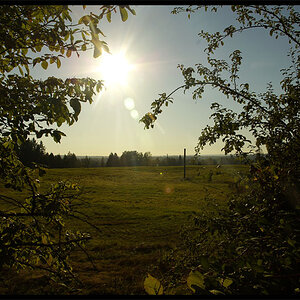ironsidephoto
TPF Noob!
- Joined
- Oct 22, 2006
- Messages
- 337
- Reaction score
- 0
- Location
- Arkansas
- Website
- www.ironsidephotography.com
- Can others edit my Photos
- Photos NOT OK to edit
Hello all,
I'm going to Nepal this summer for a month and will be in Kathmandu and other small villages, as well as trekking in the remote Dolpo region in the Himalayas. I decided to start a thread to get some tips for taking some great pictures of mountains, landscapes, etc., that i may have overlooked, as well as tips for things such as being in the cold/snow with a DSLR, tips on memory cards/batteries (e.g. my D200 takes an EN-EL3e rechargable, but i won't have access to electricity most of the time. . . ), tips on photographing while hiking in a group, or just general advice. Any help?
You can reply to this until the end of June, since that's when i'm leaving.
Thanks in advance!
(and check my website in august if you want to see the results of your advice!)
I'm going to Nepal this summer for a month and will be in Kathmandu and other small villages, as well as trekking in the remote Dolpo region in the Himalayas. I decided to start a thread to get some tips for taking some great pictures of mountains, landscapes, etc., that i may have overlooked, as well as tips for things such as being in the cold/snow with a DSLR, tips on memory cards/batteries (e.g. my D200 takes an EN-EL3e rechargable, but i won't have access to electricity most of the time. . . ), tips on photographing while hiking in a group, or just general advice. Any help?
You can reply to this until the end of June, since that's when i'm leaving.
Thanks in advance!
(and check my website in august if you want to see the results of your advice!)


![[No title]](/data/xfmg/thumbnail/36/36668-ac1cd3882e96edd642d568c48ed3e7a5.jpg?1619737676)
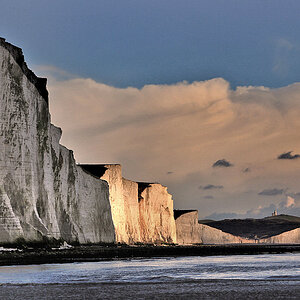


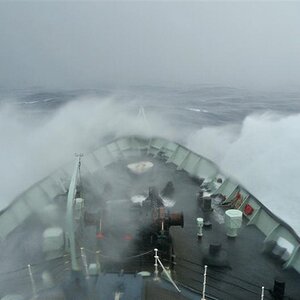

![[No title]](/data/xfmg/thumbnail/37/37130-15360a524d273bc7dcd0beda3e9299ee.jpg?1619737884)

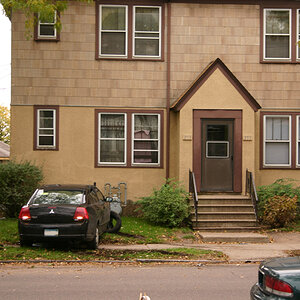
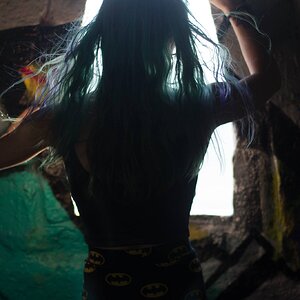
![[No title]](/data/xfmg/thumbnail/36/36665-7c494bf98537fba5ac87ac5ad6bda658.jpg?1619737676)
